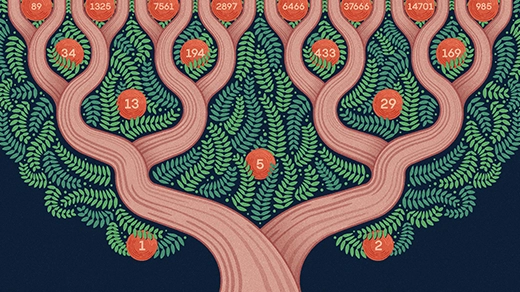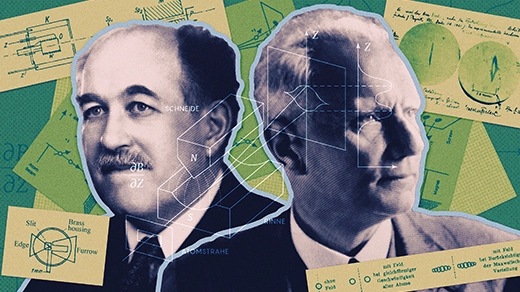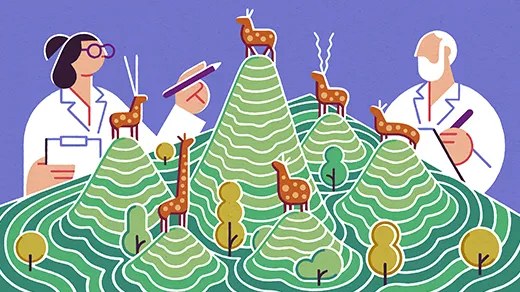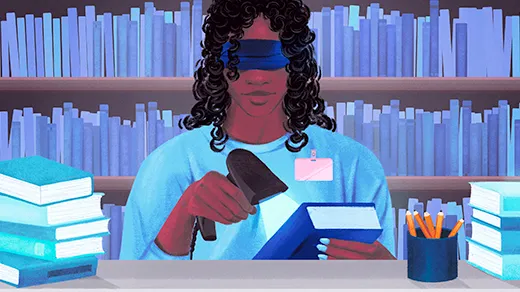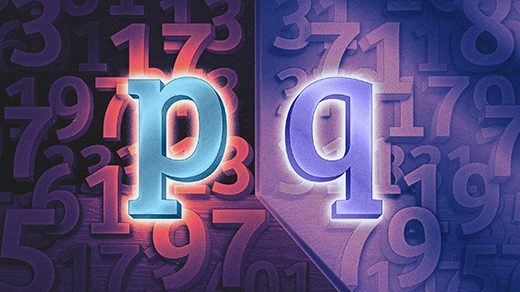What's up in
Abstractions blog
Latest Articles
A Triplet Tree Forms One of the Most Beautiful Structures in Math
The Markov numbers reveal the secrets of irrational numbers and the patterns of the Fibonacci sequence. But there’s one question about them that has resisted proof for over a century.
The (Often) Overlooked Experiment That Revealed the Quantum World
A century ago, the Stern-Gerlach experiment established the truth of quantum mechanics. Now it’s being used to probe the clash of quantum theory and gravity.
Evolving Bacteria Can Evade Barriers to ‘Peak’ Fitness
Paradoxically, natural selection can sometimes seem to block organisms from evolving useful adaptations. But a new study of “fitness landscapes” and antibiotic resistance in bacteria shows that life still finds a way.
Researchers Refute a Widespread Belief About Online Algorithms
Three computer scientists have disproved a long-standing conjecture about a fundamental problem involving imperfect information.
The Astonishing Behavior of Recursive Sequences
Some strange mathematical sequences are always whole numbers — until they’re not. The puzzling patterns have revealed ties to graph theory and prime numbers, awing mathematicians.
During Pregnancy, a Fake ‘Infection’ Protects the Fetus
Cells in the placenta have an unusual trick for activating gentle immune defenses and keeping them turned on when no infection is present. It involves crafting and deploying a fake virus.
Cryptographers Solve Decades-Old Privacy Problem
Three researchers have found a long-sought way to pull information from large databases secretly, moving us closer to fully private internet searches.
The Hidden Connection That Changed Number Theory
Quadratic reciprocity lurks around many corners in mathematics. By proving it, number theorists reimagined their whole field.
Bats Use the Same Brain Cells to Map Physical and Social Worlds
New research in social bats raises the intriguing possibility that evolution can reprogram the brain’s “place cells,” which are typically associated with location, to encode all kinds of environmental information.
